Mason from Wyoming
In the fall of 2014, we were living the classic “American dream”. We had a 2-year-old daughter, a yellow Labrador and were about to have our son. Mason was born in early December 2014 in Evanston, Wyoming and everything was going “normal”. He had a little bit of nystagmus (involuntary, rapid and repetitive movement of the eyes) and was a little tired after his circumcision, but the doctors and nurses said everything was fine and to go home and enjoy our healthy baby boy. Little did we know, we were about to become fully aware of the world of rare metabolic diseases.
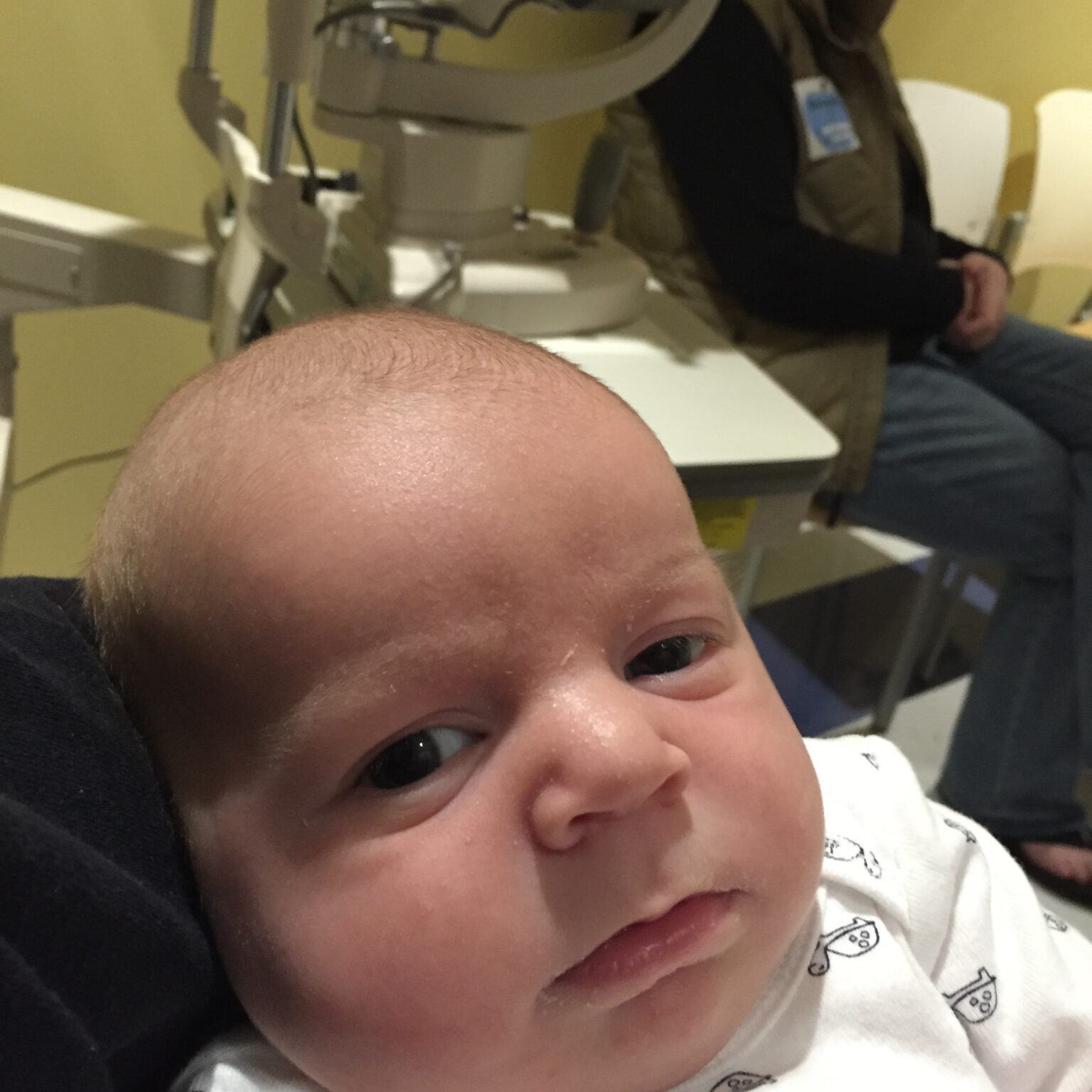
On Mason’s 6th day of life, we were just hanging out at home and enjoying our new addition to the family when we got a call from the Children’s Hospital in Colorado. They had the results of Mason’s newborn blood screening and his levels were not where they should be. They said that it is very likely that he has a metabolic disease and they recommended we contact his pediatrician to get additional labs done that day to know the next step we would need to take. The visit with the pediatrician was a whirlwind. They were fairly confident that he had a metabolic disease but didn’t really know which one. They informed us of a few worst-case scenarios to attempt to mentally prepare us for the worst. When we left the doctor’s office, we sat in the car trying to figure out what to do next. We were still overwhelmed by the whirlwind of information we received and the unknowns of which metabolic disease and associated complications he may have. As we sat there Shandra was trying to feed Mason and he wouldn’t latch on. The next thing we knew he was as limp as a noodle; completely lethargic.
We marched right back into the doctor's office for help. Calls were made to the Children’s Hospital and as a group, we decided the best thing to do was get Mason to Colorado. In a rushed panic we got our belongings together and had friends take care of our house and our dog. Shandra jumped in the life flight airplane with Mason, and Brandon took Madyson and made the 6-hour drive in the dark in December to Denver. Looking back, we did have one thing on our side: the weather and roads were in amazing shape for that time of year.
We spent the next 9 days in the NICU at Children’s in Colorado learning more than we ever expected to know about Cobalamin C deficiency. It was a lot to take in, but they were able to break down Mason’s condition into terms that we could understand. They ran several tests to understand his current metabolic state as well as a thorough examination of his eyes and his heart. Cobalamin C has several unpredictable side effects, but one that is common with Cobalamin C deficiency is vision loss. During this initial visit, Mason did not show any signs of vision loss.
We met some amazing doctors and nurses at Children’s and everyone took great care of us. They helped us establish contacts with all the pharmacies for Mason’s unique medications, which is quite an ordeal for the Cystadane and compounded hydroxocobalamin. They also made sure that we were comfortable giving Mason his hydroxocobalamin shot every day. In all openness, it was an intimidating task, but we knew he needed it to live so we cowboyed up and learned how to do it. After his levels were in reasonable shape and they were comfortable that he had all the medications he’d need, they let us go home.

Once we got to our home in Green River, WY we had to figure out our new complex life, which included keeping a watchful eye on our son for potential seizures, lethargy, and the other issues the doctors had warned us about. We were very paranoid about missing one of Mason’s critical doses of his medicine so we built a checklist to make sure we didn’t miss any doses. We also had to establish a schedule to get Mason to the local hospital so that he could get his blood drawn for lab work every week. Reflecting on all of this now, we feel we did tremendously well. Mason is now 7 years old and he hasn’t missed a single dose of his critical medicines.
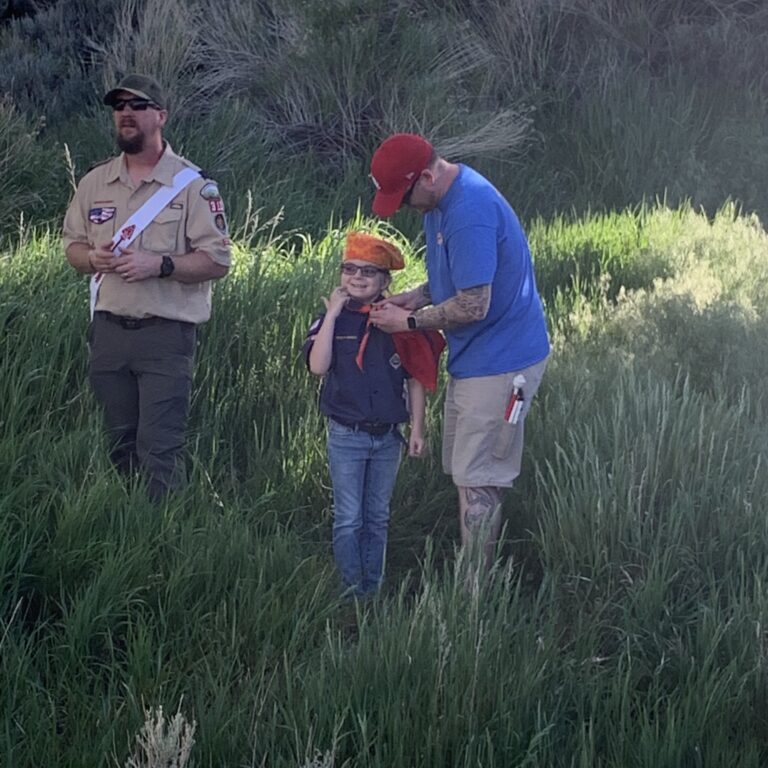
We continued to make our monthly trips to Colorado so that the doctors could continue to monitor Mason. At 6, 12, and 18 months we had longer visits where Mason was sedated and they performed MRIs for monitoring. Through the checkups Mason continued to have high chemistry for a normal individual, but they were on the lower side that the doctors had seen for a Cobalamin C patient. It felt good that the hard work and diligence to make sure he got all of his medications was paying off. The doctors were impressed and completely baffled that the dead spots on his retinas were continuing to grow with good metabolic chemistry. Dr. Weisfeld-Adams (metabolic) and Dr. McCourt (ophthalmology) were determined to figure out what was causing the vision loss and we promised to help them out in any way that we could. From then, Mason’s vision has remained relatively stable since he was about two and a half years old. Dr. McCourt continues to closely monitor to make sure that the dead spots in the center of his eyes do not grow and closely monitors his peripheral vision for any signs of loss.
Since we were so far from the Children’s Hospital we couldn’t visit them every week per the normal protocol, so instead, we would go down once a month. Mason’s first visit back to Children’s would be one that we would never forget. At the end of his eye exam, Dr. McCourt told us that she was starting to see the center of Mason’s retinas beginning to die - atrophy and the beginning stages of macular degeneration. Dr. McCourt was amazing through this traumatic time: explaining what she was seeing in terms we could understand, referring us to different resources and most importantly giving us time to deal with this news. We spent the next 45 minutes sitting in the exam room crying our eyes out. Once we gathered ourselves, we thanked Dr. McCourt for her kindness and we headed out.
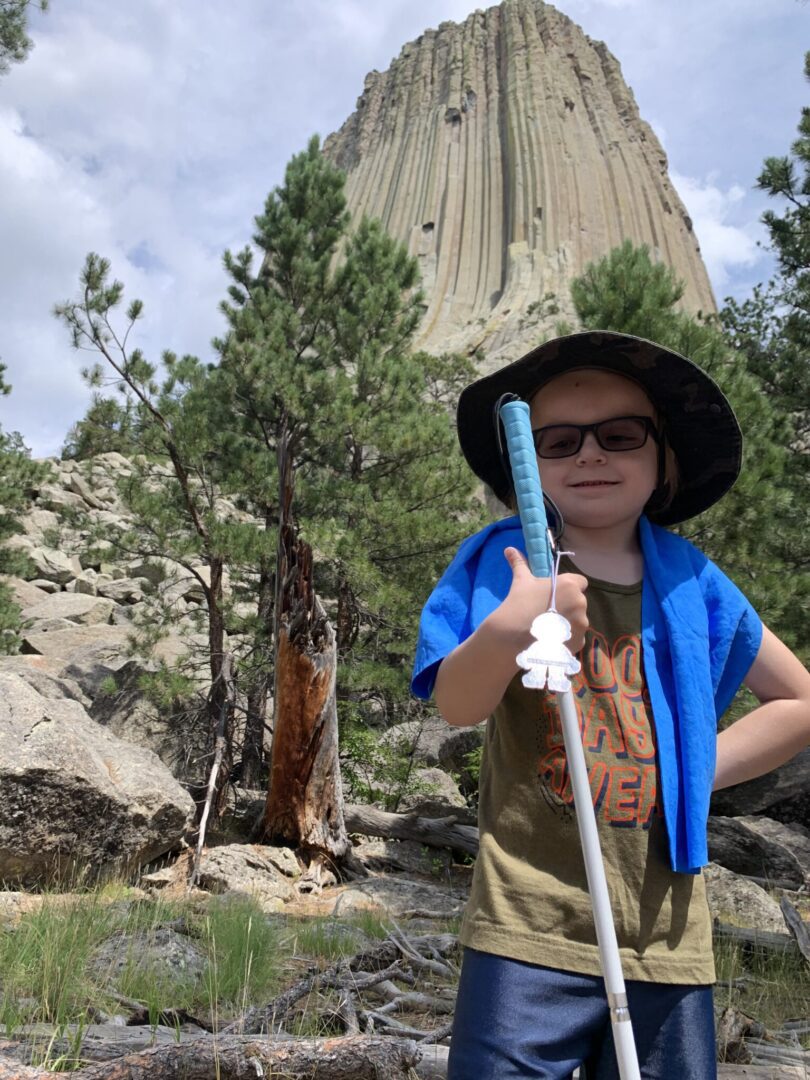
Unfortunately, cancer took Dr. Weisfeld-Adams away from us in 2018. We were heartbroken that he is no longer here, but we still have amazing metabolic doctors that take care of Mason. We were honored to be invited to his funeral. Brandon was able to speak during his services and let his close family and friends know how special he was to our family and how he was able to make this extremely difficult situation we were living with endurable.

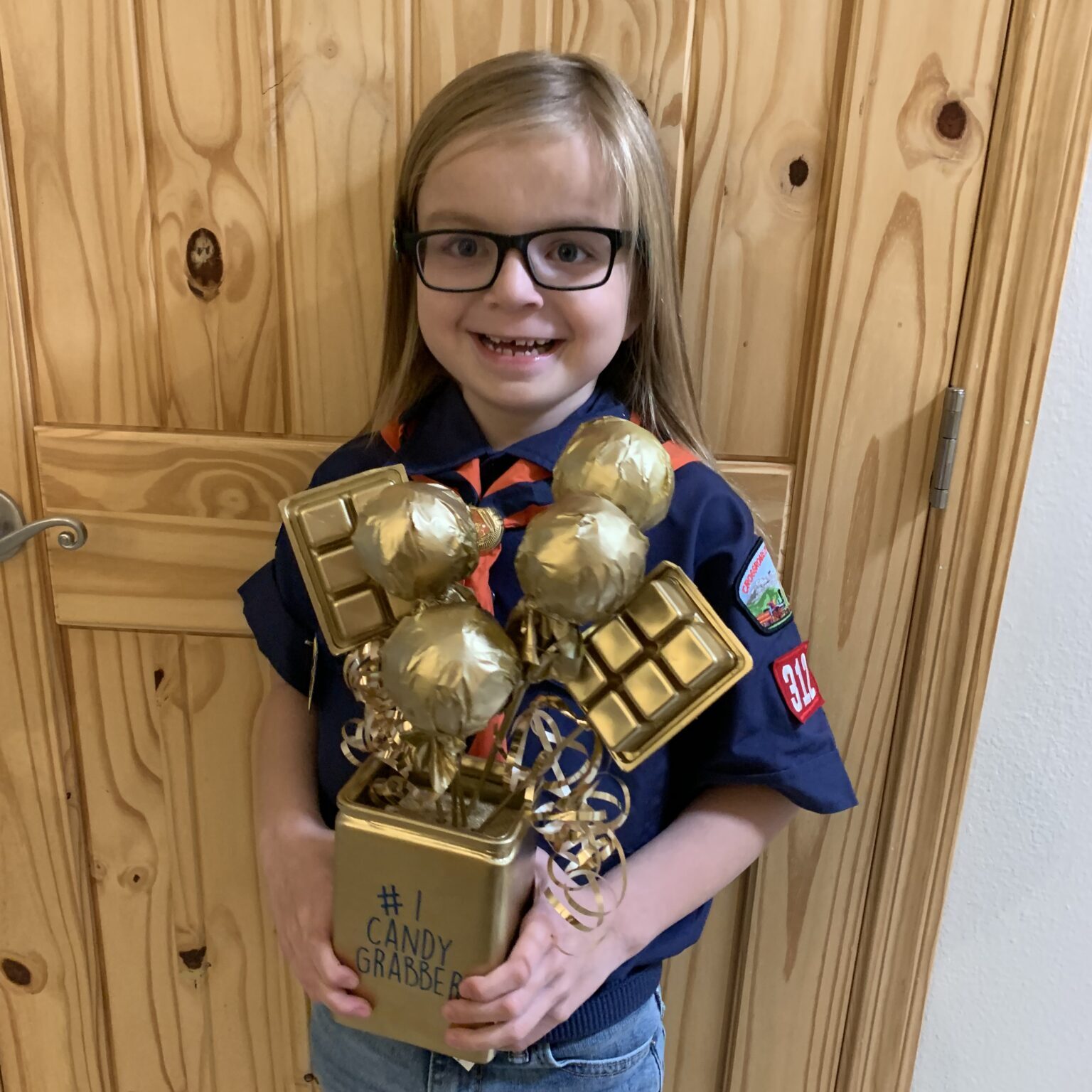
As Mason has grown up, we have done our best to let him try anything and never hold him back. He has played indoor soccer and participated in the local baseball “Challenger League”. Soccer is getting a little tougher for him as the kids are getting faster and more aggressive. He has fallen after bumping into the kids and he gets embarrassed, but we encourage him to get up and shake it off and keep playing. The “Challenger League” is a phenomenal experience for Mason. It is a league that is available for anyone with special needs. It is split up into two groups, 13 years and younger and 13 years and older. There are no real rules, they just let every kid have a chance to bat every inning and everyone has a blast. Kids from the “minor” and “major” leagues will volunteer and help the kids field the ball and run the bases. It is awesome to see the kids’ faces light up after they hit the ball and take off for first base. Mason especially likes to be the last batter because that player gets to clear the bases with an automatic home run!
Mason has recently joined Cub Scouts and has had a blast doing it. He’s learning a lot about helping his community. His Tiger pack had a fundraiser and built birthday packages for the local food bank. Through this effort, they gathered 362 pounds of food from the community to give birthday cake supplies to those in need! Mason also had a lot of fun with the pinewood derby and took 1st place for the Tiger’s class at the district races.
Having a vision-impaired student in the Wyoming schools has been a challenge. Not because they don’t want to help, but because there are few vision-impaired people in our rural state. There are not many providers and few are familiar with the specific needs of visually impaired students.
Mason’s first IEP with his preschool was the most challenging. The short story is they were not providing the vision services that he needed and that we agreed to in the IEP, so we ultimately had to file a complaint with the state. It was a tough process to go through and we spent hours researching special needs education to ensure that we knew what we were talking about as we fought for Mason’s rights. We can’t stress enough that you must be the biggest advocate for your child; no one else will advocate as hard as you will. You need to educate yourself to understand the special education laws and your child’s rights so that they can have the best education that they can get.
Mason is going into the 2nd grade this year and the elementary school experience has been better than the preschool experience. We stole an idea from Mason’s TVI (a teacher of students with visual impairment) that also has a son with vision loss. We created a flier to help introduce Mason to the school staff and understand his situation. We included pictures, his favorite things, and critical parts of his special needs in simple terms. This was a huge hit, and all of the staff truly cares about him and looks out for him. They’ve made sure that the kids don’t leave things out in the hallway and even added high-contrast material to the steps and many other simple things to make sure he’s safe at school. In kindergarten, Mason learned all the letters of the alphabet in print and in Braille, which completely blew us away. He’s also doing better with his orientation and mobility/cane skills. On October 15th, White Cane Day, Mason’s Orientation and Mobility Specialist (O&M) set up activities for his kindergarten class and the other grades to let the other children understand what it’s like to utilize a white cane.
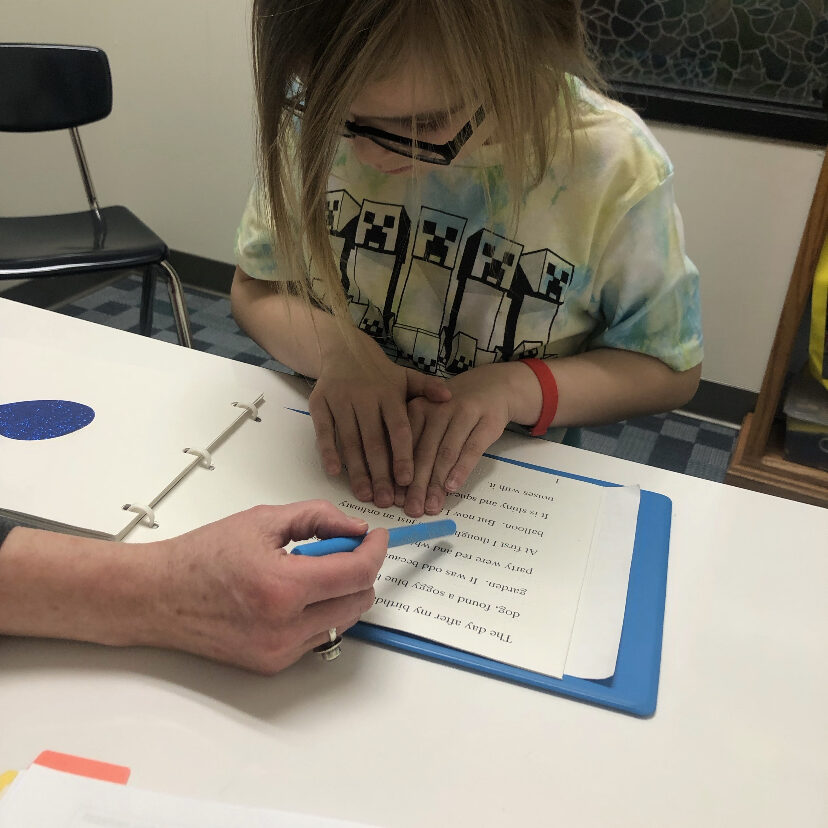
Overall, our life has taken us down a path we never thought we would go on, but we wouldn’t change it for anything. We’ve met fantastic people and lifelong friends through the OAA conferences, through our trips to the Children’s Hospital, and through the schools and service providers. If we were to leave you with our biggest learnings on this wild ride known as life, it would be:
- Leverage other people that are going through the same things that you are via organizations like the OAA. You are not alone and people going through similar situations want to help.
- Understand the laws and your rights with respect to special education. No one will be a bigger advocate for your child than you. Education is the best tool you can have.
- The greatest quote that we’ve ever heard is “Life is a journey, not a destination.” by Ralph Waldo Emerson. You have to make sure that you take time to enjoy those little precious moments in life when your child is in a pure state of joy or does something you never thought they would be able to, like riding a bike!
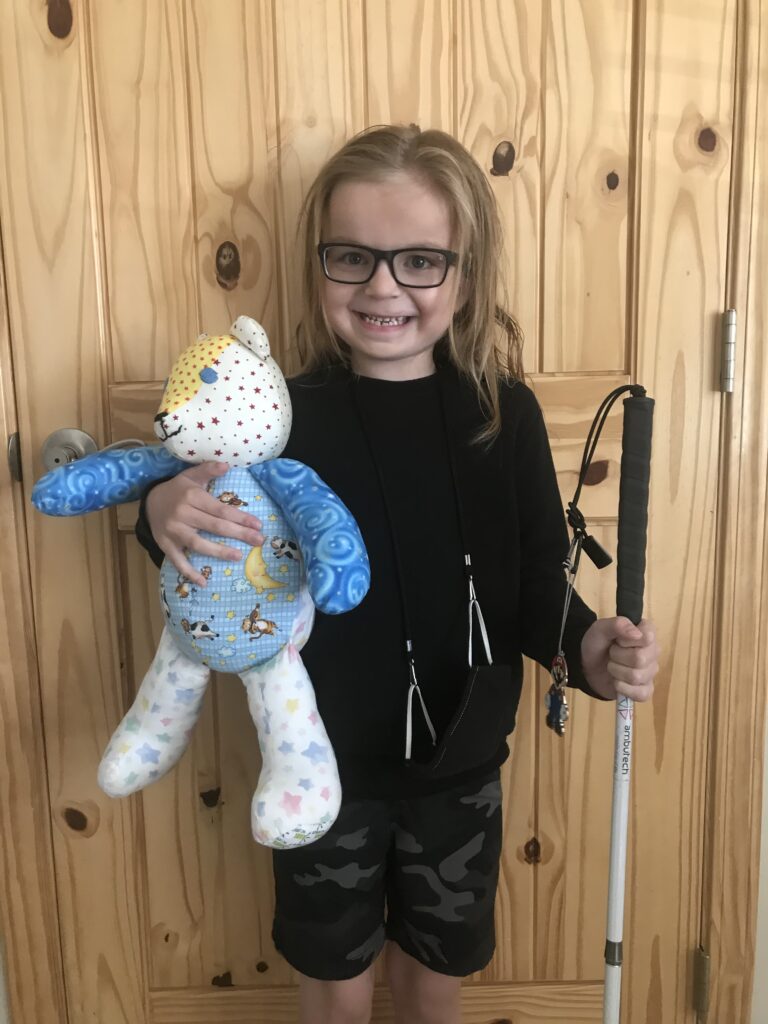
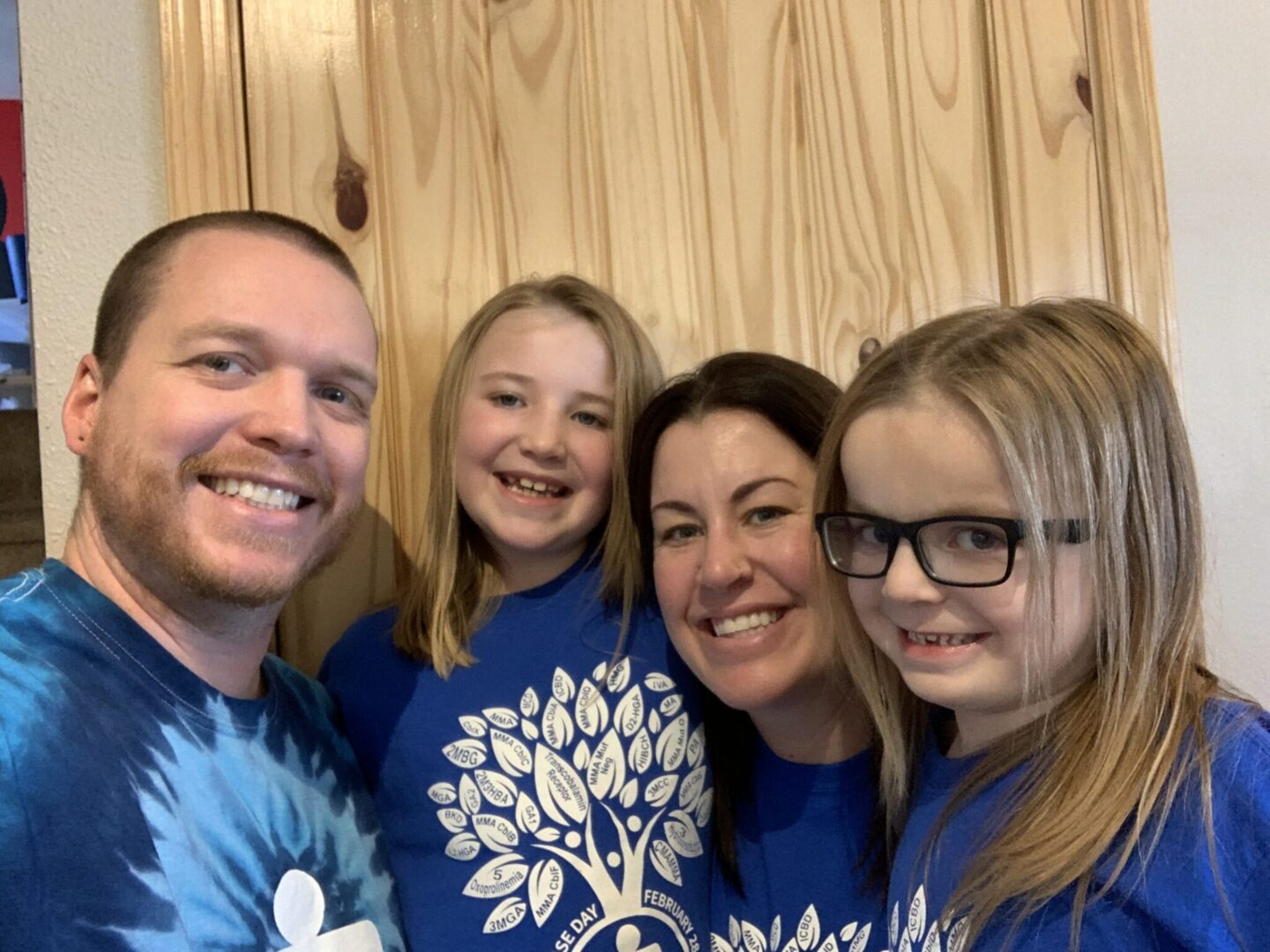
Featured HCU Hero: March 2023
